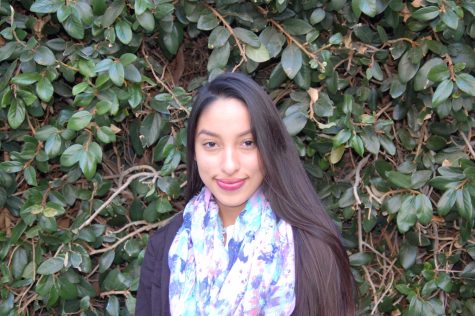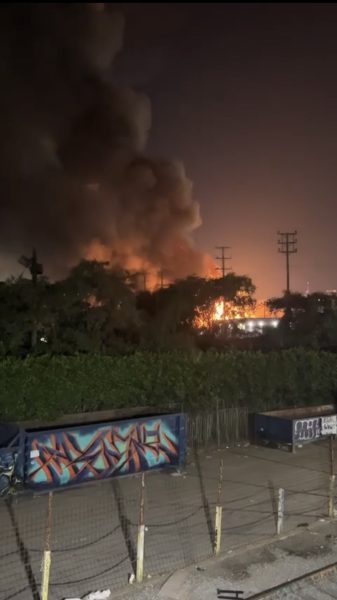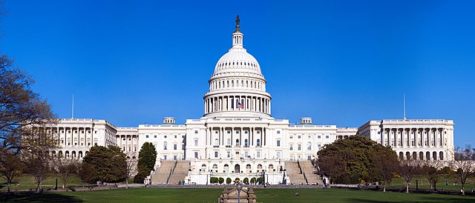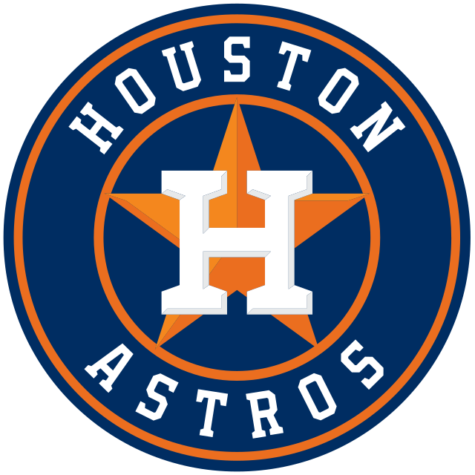Gliding into the Future
What is Hyperloop? To understand the logistics of the competition, the first thing to know is the Hyperloop. Elon Musk, founder of SpaceX and Tesla Motors, created a concept of a tube that would stretch between San Francisco and Los Angeles. The tube would propel pods using magnets, similar to a puck on a hockey table. The pods would reach ultimate speeds that will eventually improve the mode of transportation.
When Elon Musk published his white paper plan, he encouraged schools and engineers from all over the world to take up his challenge. His intentions were to spur growth and innovation in futuristic transportation. He elucidated a plan where teams would create a pod based on various categories. The pod would be tested for design, speed, and manufacturing.
Taking place on January 29, 2017, SpaceX held its first Hyperloop Pop Competition. Schools that attended included University of Southern California, Massachusetts Institute of Technology, University of Wisconsin and many others.
Mr. Flint’s Engineering CP and AP Physics class attended the competition, where they got the chance to observe the pods in action. A large screen displayed the moving pods inside the capsule. MIT was the first to go up and test their pod. While waiting for the next school to trial their design, the event also included entertaining activities for the public. People could try out virtual reality goggles and play on a hockey, pool, or foosball table.
Senior Abdulkarim A. was excited to “experience all of the various teams competing in what will be the future of travel.” He enthusiastically said, “I saw my role model Elon Musk and got a chance to play giant Jenga and air hockey while also learning about various designs of the pods.”
Junior Zaira A. also stated, “the Hyperloop competition was great! I had never been to one until that day and enjoyed being there. It was an honor. I noticed how the competitors built their pods about the size of a go-kart.”
The students enjoyed observing the distinct models each school created. Mr. Flint said he appreciated “seeing the real setup of the Hyperloop and talking to the teams.” Furthermore, he hopes that in the near future there will be “a Hyperloop Competition specifically for high schools.”
The final results were in and the winner of the Hyperloop Pod Competition was Delft, who won the competition with the best overall score. With a pod that reached the fastest speed (58 mi/hr), Warr won the second prize. The event culminated on a successful note and inspired the public to think about a future form of transportation. A second Hyperloop Competition will be held during the summer and will solely test on speed. Congratulations to all the teams who participated in the Hyperloop Pod Competition.






